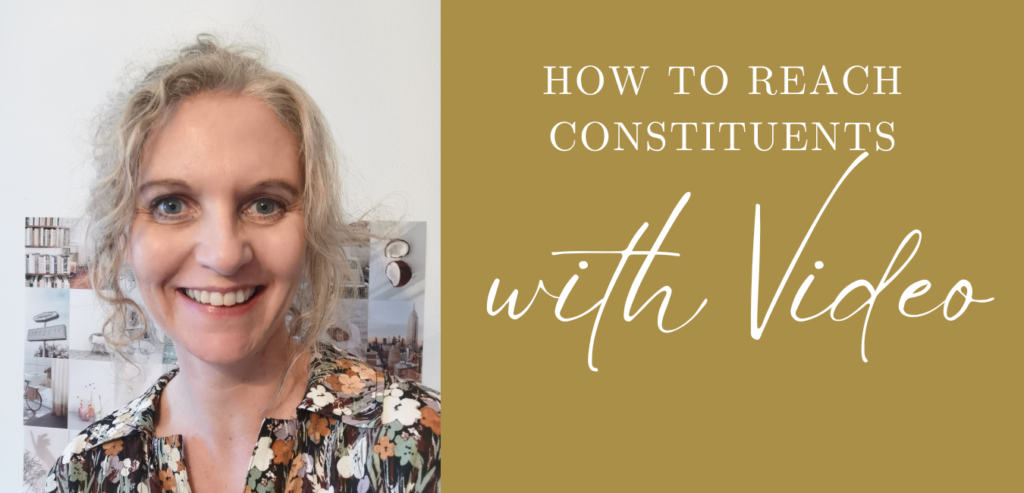Many politicians across party lines are eager to share their message through video. However, the most polished videos aren’t necessarily the best. If you stumble over your words a bit, it’s okay. Creating good videos takes practice, just like anything else. And you’ll need to get used to seeing and hearing yourself. It’s what you say, not how you say it, that matters. Video allows people to get to know you on a personal level. We hear your voice, see your expressions, and feel your energy. It helps us connect with you. And that’s crucial because your success depends on people trusting you.
Politics on Video for Different Audiences
Don’t just create videos for the audience you want to vote for you and your party. You should create videos for three different audiences: First, speak to those who don’t know you. Then address those who are somewhat familiar with you. And finally, target those who have decided to vote for you but are still on the fence for some reason. Let’s call them cold, warm, and hot audiences. You don’t need to create any videos for those who will vote for you regardless!
These types of audiences require different videos. What you do is divide your publishing into three distinct phases. Here, you won’t create just one video, but many! In phase one, you start with a cold audience. This helps them get to know you and warm up, so that the next phase reaches both them and those who were already warm. Then, you make this group truly hot, before speaking to the hot group as a whole at the end.
Speaking to those who don’t know you
My first tip is to stick to one topic per video. Our voters always have problems they want solutions to. But you need to give people time to get to know you, because you won’t get them to vote for you right away, no matter how good your solutions are. They want the problems solved by someone they trust, and that person should be you. So what’s the fastest way to achieve that? Communicating with them consistently and regularly is an advantage. You shouldn’t only communicate during election campaigns!
But here, let’s see what you can do in the first of three videos for an audience that doesn’t know you, your party, or your local chapter yet. Tell them how (result) in (short time) without (things voters hate). They want you to tell them how you can achieve something quickly without causing too much inconvenience for them.
Of course, you should stick to the truth. But you may need to simplify it a bit. Advertising is advertising, even in politics. An example of a concern could be a poor school environment among young people that makes parents anxious. “We will build a new secondary school in the municipality in the next election period without introducing property tax” could be an example of a video message with a solution to the problem.
Politics on Video with Reasons to Vote for You
Another video you can create to gain people’s trust is to give them 3, 5, or 7 reasons to vote for you or your party to achieve the result they want. Remember, it’s always the result for the voters that matters here!
If I’m going to solve the problem of insecurity among children and young people, for example, I can present 5 reasons to vote for [party name] for a safer upbringing. And then you list your solutions.
Going Against the Grain
The last thing you should do is create a video that goes against the grain, where you say something that other parties don’t. This way, you’ll get noticed. If you want to be a political leader, you need to dare to stand out! So what are everyone talking about or doing that you ignore? In politics, parties tend to attack and criticize each other. You can create a video about this: “Why we don’t attack other parties” is a message that will definitely make people trust you. And as I said, they need to trust you for them to become your voters.
If you’d like more details on politics and video, please let me know.


